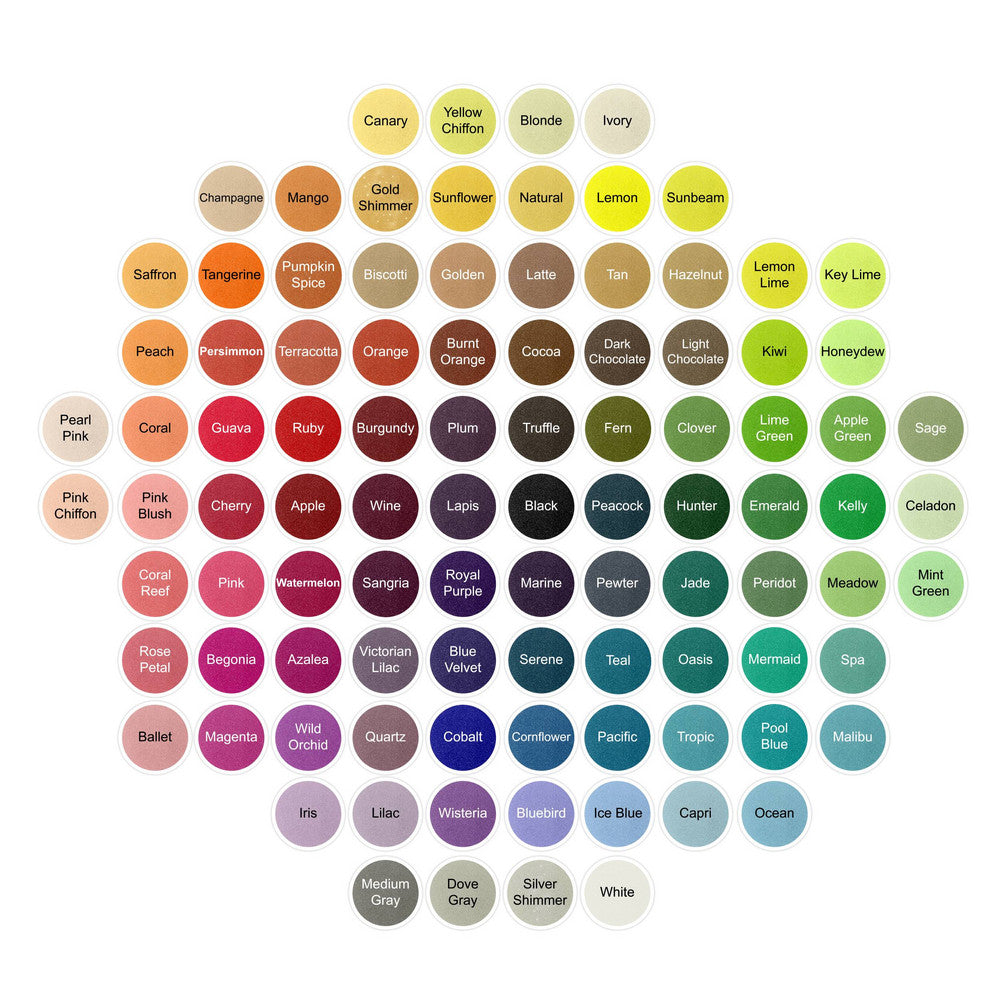While the sanctimonious bond of marriage is a time-honored tradition, society’s view of wedding ceremonies and receptions has changed substantially over the centuries.
The first documented western-style weddings occurred in ancient Rome and Greece. During this time, marriage was considered less of a romantic endeavor, but more of a legal contract between two families. Experts believe that marriage dates back to as early as 8,000 BCE, but instead of being a contract between a man and woman, it was actually arranged between the couple’s two fathers. During this time, women had relatively little choice in deciding whom they would marry, which resulted in many women only meeting their husbands for the first time on their wedding days. Generally, grooms were more established and well into their twenties or thirties when they married, but women were much younger, most often just developed teenagers. In the marriage, the woman’s primary role was caring for the home and bearing children.
Ancient wedding ceremonies often included a pre-wedding feast, gifts exchanged between the bride and groom, an animal sacrifice, the bride proceeding to the groom’s established home, exchanging vows, which generally included an agreement between the groom and the bride’s father, the bride being carried over the home’s threshold and an after-wedding party.
In ancient times, marriage was more informal, but in 1076 CE, laws became established governing the union of marriage and how it was performed. This essentially meant that it was illegal for women to be sold, bartered or exchanged for goods or livestock. It required that couples receive priests’ blessings prior to entering into marriages. Thus, secret weddings became illegal.
It wasn’t until the Elizabethan era, between 1558 and 1603 that families began giving dowries, but deemed this a gift instead of a bride’s price. Many modern weddings have traditions rooted from this era, including weddings attended by groomsmen and bridesmaids, a religious ceremony, a ring exchange and a wedding feast.
It wasn’t until the Victorian times in the 1800s that women began to wear white to weddings. In fact, in 1893, the societal book “Manners, Culture, and Dress of the Best American Society” highlighted the necessary elements to a proper wedding, which included bridesmaids and groomsmen, flowers and a veil worn by the bride, a church ceremony, a small after-ceremony dinner, a large day-after wedding breakfast and thank you cards sent by the couple to family and friends.
Sandsational Sparkle celebrates the traditional bond of marriage. They offer historic-style decorative sand ceremony kits. Highlighting two lives becoming one in a sea of swirled colored sand; these sand kits come in 90 hues, ranging from white sand to black sand.






← Older Post Newer Post →